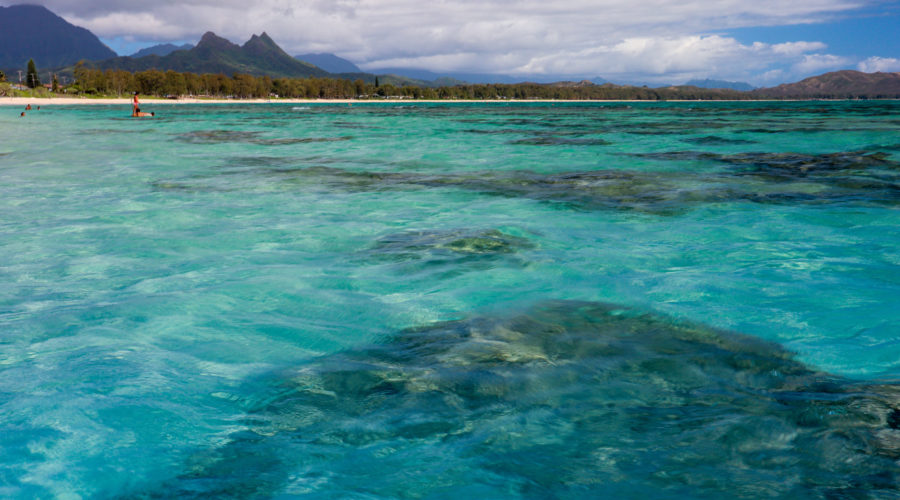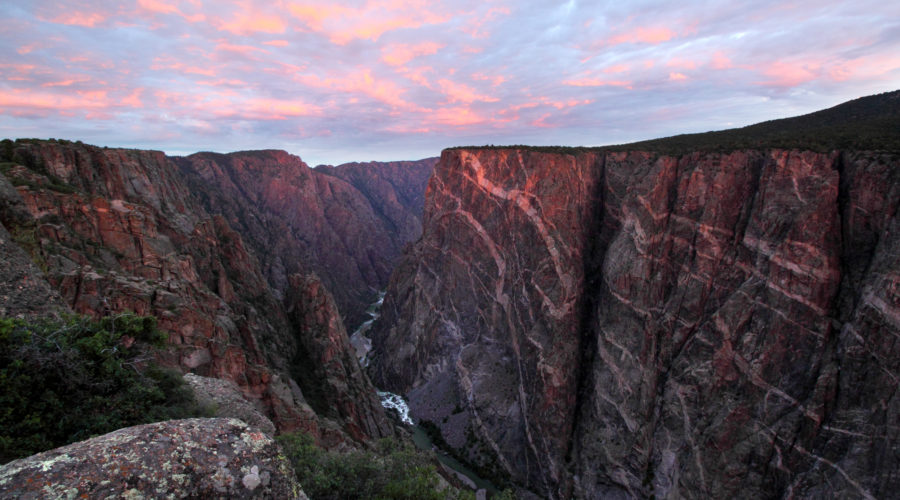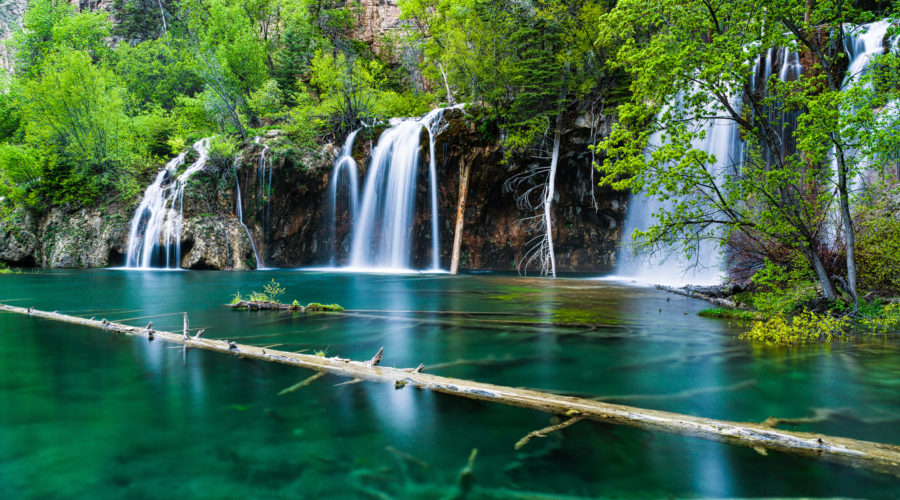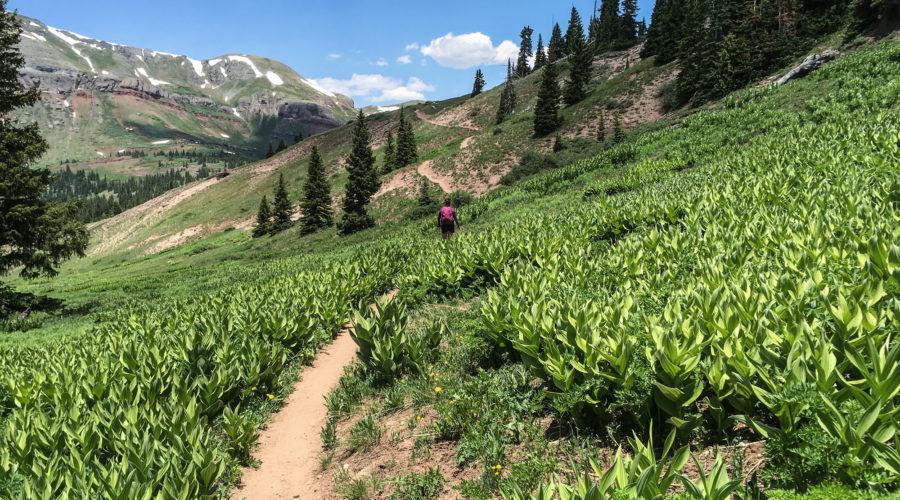
Overtourism Is Ruining Some of Our Favorite Places in the West—Here’s Where You Can Go Instead
As more and more people flock to the West's iconic locales, these destinations are at risk of being loved to death. Here are seven places feeling the strain and under-the-radar gems to visit instead that are just as captivating
Fan-Favorite: Hanauma Bay State Park, Honolulu, HI
More than 400 species of fish, brilliant blue water, and the white sand draw the droves to Honolulu’s most popular snorkeling beach. In the early 1990s, the effects of overtourism were already starting to show, so the park created an educational center where all first-time visitors must watch a nine-minute conservation video. They also limited the flow of visitors, but even with the cap, scientists have said the 2,600 average daily beachgoers leave about 412 pounds of sunscreen in the ocean, which is detrimental to the reefs. And while change is afoot throughout the entire island to help curb overtourism and its side effects (last year the state was the first to ban toxic sunscreens, for example), the best thing travelers can do is spread the love and go to lesser-visited spots.
Under-the-Radar Alternative: Kaiona Beach Park, Oahu, HI

David Carr/Getty
As the parking lot fills up early in the morning at Hanauma, locals know to drive 15 minutes up the road to Kaiona for its colorful reefs, crystal-clear waters, and an abundance of turtles, which earned the beach the nickname of “Honu Heaven.” Kaohikaipu Island State Seabird Sanctuary and Rabbit Island both serve as a backdrop. And, despite all that visual fodder, Kaiona flies under-the-radar—it still has that locals’ vibe and remains quiet. Just be sure to pack your reef-safe sunscreen; last year, Hawaii was the first state to pass a law banning toxic sunscreen, as part of its efforts to heal the islands affected by overtourism.
Fan-Favorite: Grand Canyon National Park, AZ
Grand Canyon is one of the top 10 most visited national parks in the country with more than 6.3 million visitors annually. When Edward Abbey wrote about the area in Desert Solitaire (a must-read West-based book), he was talking about Arches and Canyonlands when he said the rugged landscape was “gone or going under fast.” But that proves to be true as people continue to build tourism infrastructure in and around Grand Canyon. It’s a taxing load for a mighty yet fragile ecosystem that depends on the water and other resources that overtourism taxes.
Under-the-Radar Alternative: Black Canyon of the Gunnison National Park, CO

dschnarrs/Getty
On the opposite end of the spectrum, Black Canyon of the Gunnison may just be the country’s most underrated national park. With about 300,000 visitors a year and more than 15,000 acres, the park is rarely buzzing. And honestly, that makes it all the better to explore its 2,000-foot-deep canyons, 12-mile river, and dozens of butterfly-inducing overlooks. The best way to see the park is on a float down the river or on a Colorado car-camping road trip.
Fan-Favorite: Yosemite Valley, Yosemite National Park, CA
Buses and cars create gridlock all through the summer to get into Yosemite, which sees 4 million visitors a year. But most of them come through on half-day visits and spend the majority of their time in the 7 square miles that comprise the Yosemite Valley area. Sure, the valley draws droves for a reason. But there are 1,100 square miles of additional designated wilderness space to roam—a move that will help lessen the pressure of overtourism on the park and take you away from the shuttles and selfie stick-toting travelers. Venture off into areas like Tioga Road and Tuolumne Meadows, which are usually easy to access (winter weather brings road closures) but not nearly as chaotic. And, if you’re visiting during the peak months, consider exploring another nearby park.
Under-the-Radar Alternative: Sequoia & Kings Canyon National Park, CA
A little over two hours from Yosemite, you’ll hit these two national parks, which share many features with its Sierra cousin. Kings Canyon, which gets about 600,000 visitors a year, has waterfalls, canyons, and tons of wildlife like its northern neighbor, while Sequoia has giant granite domes you can climb (try the Moro Rock Staircase if you’re looking for an adventure like the Half Dome Cables) and much larger sequoia trees, towering over 250 feet.
Fan-Favorite: Banff National Park, Alberta, Canada
Conservationists are trying to cap visitation to the park, but in the meantime, Banff continues to be overrun with 4 million visitors a year. Crowds tend to congregate around the Instagram-fave lakes like Moraine (pictured) and Lake Louise, where it’s sometimes standing room only. Though the park works to promote public transport and encourage people to be mindful of their wild surroundings, they still urge park goers to consider visiting in the off-season spring or fall months or to go to nearby lesser-known parks to help curb overtourism.
Under-the-Radar Alternative: Yoho National Park, British Columbia, Canada
Yoho National Park combines with Banff, Jasper, and Kootenay to make up the Canadian Rocky Mountain Parks system, which is recognized by UNESCO for its jaw-dropping scenery. The roughly 700,000 annual visitors spread out over 319,000 acres, filled with the same kind of fairytale lakes and forested peaks seen at Banff without the major crowds. High-tail it to the glacier-fed Emerald Lake (pictured), where you can rent a red canoe or simply post up on a boulder for the day.
Fan-Favorite: The Wave, Coyote Buttes, AZ
The Wave isn’t technically overrun, but that’s not for lack of interest or efforts by the shutterbugs who flock to see this wavy, sandstone rock formation near the Arizona/Utah border. To protect the psychedelic striated basin from overtourism, the BLM only allows 20 people in a day (10 via an online lottery and 10 walk-ins). There are talks to raise that daily number to 96 lucky souls to help accommodate the more than 150,000 applicants who vie for admission each year, but conservationists are weary. If you’ve seen it once, don’t be greedy: Make your way to other eye-popping red rock formations across the Southwest to help keep The Wave wild.
Under-the-Radar Alternative: White Pocket, Vermilion Cliffs National Monument, UT

Bureau of Land Management/Bob Wick
Not too far from The Wave and only accessible via ATV or other high-clearance, four-wheel-drive vehicle, White Pocket stands apart with its own dramatic landscape. As you approach, you’re struck by the contrast of puffy-looking, white rocks against the red rock mounds that twist up to 30 feet toward the sky. The out-of-the-way-location and nearby famous counterpart mean you’ll rarely see more than a couple of other people roaming around.
Fan-Favorite: Hanging Lake, Glenwood Canyon, CO

Adventure_Photo/Getty
It’s only about 1.5 miles to hike to this otherworldly spot with a waterfall-fed turquoise pool in Glenwood Canyon—and that’s precisely why it’s so popular. Just this year, the United States Forest Service and city of Glenwood Springs partnered to limit daily visits to 600 people. Guests must sign up ahead of time for a $12 permit and get shuttled to the trailhead. Chains and signs now prevent people from walking too close to the falls or scampering across the logs on the water as was common before. The park only permits 45 people to enter the trail every 45 minutes, so overtourism will become less of an issue now, but those who crave a more wild experience and want to minimize the impact on this fragile ecosystem, should still consider chasing other waterfalls.
Under-the-Radar Alternative: Zapata Falls, Rio Grande National Forest, CO

Adventure_Photo/Getty
Zapata Falls is the hidden gem of southern Colorado. Located near Great Sand Dunes National Park, these 30-foot cascades are tucked inside a cave just a half-mile from the trailhead. Most people visit in summer when the falls are raging, but winter visitors get an icy spectacle as well. Back at the parking lot, the Sangre de Cristo Mountains stand against the layered sand dunes for an all-around spectacular hiking experience.
Fan-Favorite: Pacific Crest Trail, Mexico to Canada
Since Cheryl Strayed wrote Wild and Reese Witherspoon starred in the film adaptation, it’s gotten harder to find a speck of solitude on the Pacific Crest Trail, which doled out more than 6,000 permits in 2018—more than double the number of miles on the trail. Though the PCT tends to draw a conscientious crowd, all those trekkers put a strain on the land. The effects of overtourism show up as crowded campsites and hikes and degraded vegetation, for starters.
Under-the-Radar Alternative: Continental Divide Trail, Mexico to Canada

Jeff Goulden/Getty
You’ll have to commit six to eight months to complete the 3,000-mile hike, but the payoff is well worth it. The trail is like a greatest-hits list of unadulterated Western landscapes through New Mexico, Colorado, Wyoming, Montana, and Idaho. Out of the three major trails avid hikers hit to earn the “Triple Crown” (PCT and Appalachian Trail are the two others), this one has the least crowding and wear-and-tear—stats show less than 200 people attempt the complete trek annually.
